Decline in Insects Threatens Some Bird Species
Scientists say that birds essential for controlling pests are at risk amid climate change.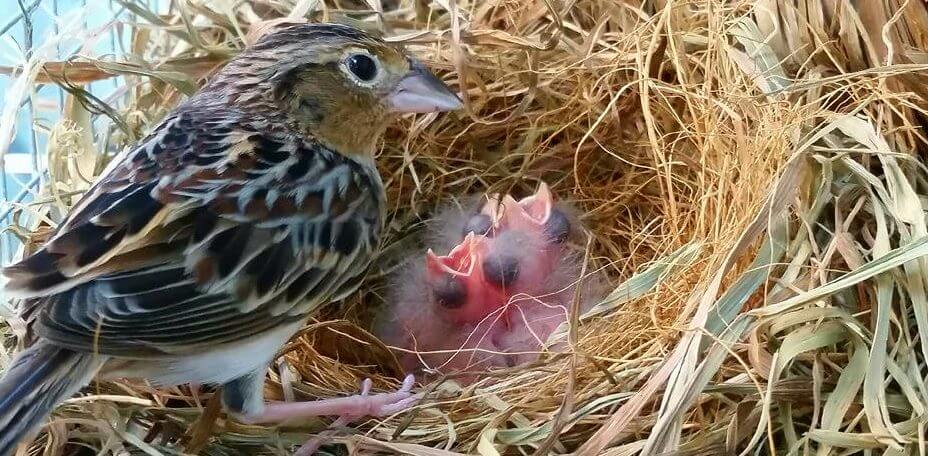 Hungry Florida grasshopper sparrow chicks who feed on insects. (RSCF/www.rarespecies.org / Wikimedia Commons)
Hungry Florida grasshopper sparrow chicks who feed on insects. (RSCF/www.rarespecies.org / Wikimedia Commons)
Birds’ hunger for insects may be unsustainable. The dwindling insect numbers available in parts of the world may not be enough for avian appetites, threatening the survival of some bird species, including ones which are essential for controlling pests.
Scientists have calculated one small but important portion of the global energy budget. They have established an estimate for the annual consumption of insects by the birds of the world.
It’s simple. There are around 10,700 different species of bird and the mass of birds flying, wading, swimming or waddling about the planet at any one time is an estimated 4 million tonnes. Of these, the insect-eating birds probably gross the scales at 3 million tonnes. And those hungry birds – in the forests, the tundra, the grasslands, the wetlands and the towns – devour an estimated 400 to 500 million tonnes of insects every year.
This means that the world’s birds together consume as much energy – think of insect protein, oils and chitin as so many calories, or joules – as a global megacity such as New York.
With that one calculation, the researchers have filled in the big picture. They have placed a value on the role of birds as pest controllers; they have calculated the bird-insect portion of the global food chain; and they have illuminated a section of the continuous traffic of energy through the biosphere: traffic that begins with sunlight, chlorophyll and plant growth, and ends with the death and decay of the top predators.
“For the first time the predation impact of the insectivorous birds has been quantified on a global scale.”
And, once conservationists, biologists and ecologists have some overall command of the mosaic of avian and insect life, they can begin to make more accurate estimates of the hazards species face, partly through human alteration of the planet’s natural ecosystems, and partly through global warming as a consequence of the profligate human combustion of fossil fuels.
“Birds are an endangered class of animals because they are heavily threatened by factors such as afforestation, intensification of agriculture, spread of systemic pesticides, predation by domestic cats, collisions with man-made structures, light pollution and climate change,” said Martin Nyffeler of the University of Basel in Switzerland.
“If these global threats cannot soon be resolved, we must fear that the vital ecosystem services that birds provide – such as the suppression of insect pests – will be lost.”
Dr Nyffeler and his colleagues report in the journal The Science of Nature that they calculated the energy budget in joules for the globe’s bird population, and then based their calculations on what could be known from more than 100 studies of the feeding habits of sample birds in a range of different habitats, from the tundra to the tropics.
Conservation scientists – and climate scientists too – are always trying both to resolve the fine detail and to keep an eye on the big picture. Earlier this year, researchers took another look at how – purely in terms of carbon from the atmosphere’s carbon dioxide – the share of biomass is distributed across the spectrum of living things; how much carbon is locked away in forests and flowering plants; how much in the form of animal life; and then how much of that animal life takes the form of wild mammals, molluscs or humans and their livestock, and so on.
Poor outlook
Other studies have tried to zoom in on insect life – and the planet’s social insects alone could weigh in at 700 million tonnes – and then estimate how insects are coping with change.
And the answer is: not well. One study found that insect species face a calamitous habitat loss, another that even ubiquitous insects could be put at risk by climate change, and a third that the sheer mass of flying insects could be in severe decline, at least in one European country.
Many of the world’s birds, too, could be about to fly into oblivion, as climates shift and food sources dwindle.
So the latest study sets a value on birds as protectors of forests and croplands from insect pests. Woodpeckers suppress bark beetles, songbirds feed their nestlings on caterpillars, grassland birds help control the grasshopper populations, and so on.
“For the first time,” the authors say, “the predation impact of the insectivorous birds has been quantified on a global scale.”
Your support is crucial...As we navigate an uncertain 2025, with a new administration questioning press freedoms, the risks are clear: our ability to report freely is under threat.
Your tax-deductible donation enables us to dig deeper, delivering fearless investigative reporting and analysis that exposes the reality beneath the headlines — without compromise.
Now is the time to take action. Stand with our courageous journalists. Donate today to protect a free press, uphold democracy and uncover the stories that need to be told.
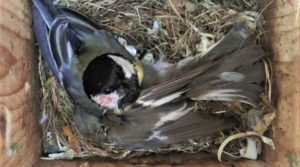
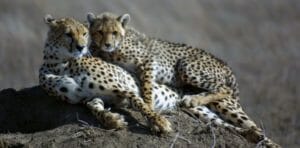
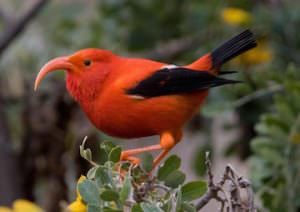
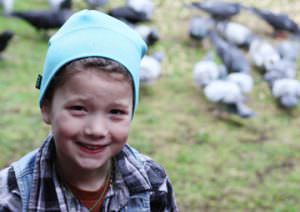
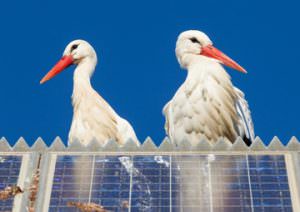
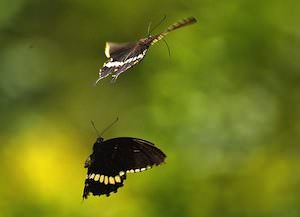
You need to be a supporter to comment.
There are currently no responses to this article.
Be the first to respond.